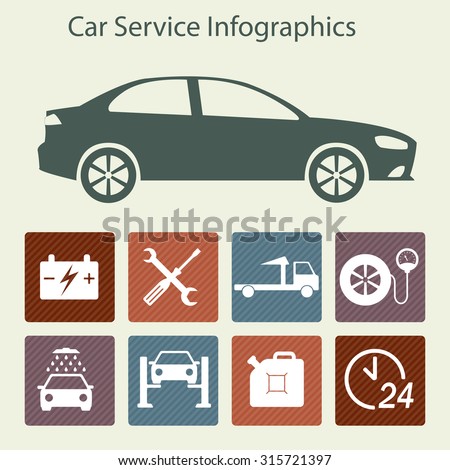Wondering Concerning The Meaning Behind Those Control Panel Warning Lights? Gain Understandings Right Into Their Implications For Your Lorry'S Security And Maintenance
Wondering Concerning The Meaning Behind Those Control Panel Warning Lights? Gain Understandings Right Into Their Implications For Your Lorry'S Security And Maintenance
Blog Article
Write-Up By-Sykes Torres
When you lag the wheel, those glowing warning lights on your control panel can be a little bit difficult. Do you know what they're trying to inform you about your automobile's health? Comprehending the relevance of these lights is important for your safety and the long life of your vehicle. So, the next time one of those lights appears, wouldn't you wish to decipher its message accurately and take the needed steps to address it?
Common Warning Lights and Interpretations
Determine common caution lights in your automobile and comprehend their meanings to ensure risk-free driving.
One of the most common warning lights include the check engine light, which indicates concerns with the engine or emissions system. If this light comes on, it's important to have your automobile examined without delay.
The oil pressure advising light indicates low oil stress, requiring instant interest to stop engine damage.
A blinking battery light might recommend a malfunctioning charging system, possibly leaving you stranded otherwise addressed.
The tire pressure surveillance system (TPMS) light notifies you to reduced tire stress, influencing lorry security and fuel performance. Ignoring this can result in risky driving conditions.
The abdominal muscle light indicates a trouble with the anti-lock braking system, compromising your ability to stop rapidly in emergencies.
Lastly, the coolant temperature level cautioning light warns of engine getting too hot, which can lead to extreme damage if not dealt with quickly.
Recognizing these typical caution lights will assist you address problems without delay and preserve secure driving problems.
Importance of Prompt Attention
Understanding the common caution lights in your automobile is only the first step; the importance of without delay resolving these cautions can't be highlighted sufficient to ensure your safety on the road.
When a warning light illuminates on your control panel, it's your car's method of interacting a potential concern that requires interest. Ignoring these warnings can result in a lot more severe troubles later on, compromising your safety and security and possibly costing you extra in repairs.
Trigger interest to advising lights can stop failures and mishaps. For instance, a blinking check engine light can show a misfire that, if left neglected, could cause damages to the catalytic converter. Addressing this promptly can save you from a costly fixing.
Similarly, https://edwinnigav.newsbloger.com/31777270/the-definitive-handbook-for-identifying-trustworthy-vehicle-fixing-shops-in-your-locality alerting light may indicate reduced brake fluid or used brake pads, essential parts for your security when driving.
DIY Troubleshooting Tips
If you discover a warning light on your control panel, there are a few do it yourself fixing ideas you can attempt before seeking expert help.
The first step is to consult your car's guidebook to understand what the particular caution light suggests. Often the problem can be as easy as a loose gas cap triggering the check engine light. Tightening the gas cap might solve the trouble.
One more usual problem is a reduced battery, which can trigger numerous advising lights. Inspecting the battery links for corrosion and ensuring they're protected may deal with the problem.
If a caution light continues, you can attempt resetting it by disconnecting the vehicle's battery for a few minutes and after that reconnecting it. Furthermore, inspecting your vehicle's fluid levels, such as oil, coolant, and brake fluid, can help repair warning lights associated with these systems.
Conclusion
Finally, understanding your auto's caution lights is essential for keeping your automobile running smoothly and securely. By promptly resolving these informs and understanding what they suggest, you can avoid costly fixings and possible breakdowns.
Keep in mind to consult your auto's handbook for specific information on each cautioning light and take action accordingly to make certain a hassle-free driving experience.
Keep informed, remain pop over to this website when driving!
